
Waco Female College is a former private college in Waco, Texas, affiliated with the Methodist Episcopal Church. It opened in 1857 and closed in 1895; the site was bought by Add-Ran Christian University, a precursor of Texas Christian University.

Waco Female College is a former private college in Waco, Texas, affiliated with the Methodist Episcopal Church. It opened in 1857 and closed in 1895; the site was bought by Add-Ran Christian University, a precursor of Texas Christian University.
Waco Female College received a charter in 1854 and began operations in September 1857, initially under the supervision of a local pastor, Franklin Collett Wilkes. William McKendree Lambden became its first president, [1] followed by Pinckney Downs and in 1859 by Ferdinand Plummer Maddin, who was also the county tax assessor and collector and served as president for ten years. Samuel Pascal Wright became president in the late 1870s. [2] The Texas legislature granted the college another charter on February 11, 1860, as a non-sectarian institution consolidating Waco Female Seminary and Waco Female Academy; it may also have been initially known as Waco Union Female Institute, which was chartered on February 16, 1858. [3]
Waco Female College was initially located on a square site that had been designated for a woman's college in the initial 1849 plat of Waco. A building was erected there in 1859–1860, but around 1892 the college moved to a site of about 13½ acres on the outskirts of the town. The college began with preparatory (high school) and collegiate departments; facilities for boarders were added in 1872, and kindergarten and primary departments in 1883. Enrollment that year was 126, and rose to 202 in 1893. [2] [3] In 1890 it was listed as one of three "institutions for the superior instruction of women" in Texas. [4]
The college charged $25 tuition per term, a $5 advance diploma fee, and $70 for boarding. It offered courses in penmanship, map-drawing, ancient and modern geography, American and world history, "evidences of Christianity", mental "phylosophy", trigonometry, astronomy, geology, botany, physiology, English, rhetoric, and Latin; all of these were required to complete a degree, except that French, German, art, or music could be substituted for Latin. Students were also required to take "physical culture". [2]
The college closed in 1895 for financial reasons; it may have been over-extended by its recent expansion and affected by the 1893 financial depression in the US. [2] [3] Add-Ran Christian University, a precursor of Texas Christian University, then bought the buildings and 15 acres of land from the Christian Church of Waco, which added a cash incentive and moving funds. [5] The university operated there until a fire in 1910, after which it relocated to Fort Worth. [2]

McLennan County is a county located on the Edwards Plateau in Central Texas. As of the 2020 census, its population was 260,579. Its county seat and largest city is Waco. The U.S. census 2023 county population estimate is 268,583. The county is named for Neil McLennan, an early Scottish settler who worked to evict the Native Americans in frontier Texas. McLennan County is included in the Waco Metropolitan Statistical Area.
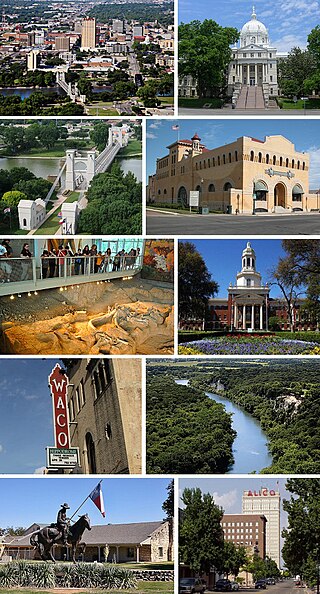
Waco is a city in and the seat of government of McLennan County, Texas, United States. It is situated along the Brazos River and I-35, halfway between Dallas and Austin. The city had a U.S. census estimated 2023 population of 144,816, making it the 24th-most populous city in the state. The Waco metropolitan statistical area consists of McLennan, Falls and Bosque counties, which had a 2020 population of 295,782. Bosque County was added to the Waco MSA in 2023. The 2023 U.S. census population estimate for the Waco metropolitan area was 304,865 residents.
The Methodist Episcopal Church, South was the American Methodist denomination resulting from the 19th-century split over the issue of slavery in the Methodist Episcopal Church (MEC). Disagreement on this issue had been increasing in strength for decades between churches of the Northern and Southern United States; in 1845 it resulted in a schism at the General Conference of the MEC held in Louisville, Kentucky.
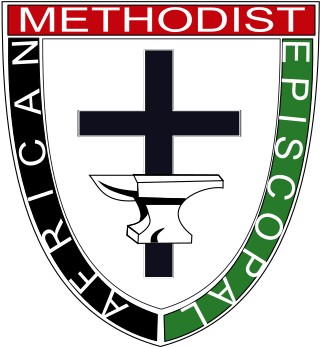
The African Methodist Episcopal Church, usually called the AME Church or AME, is a Methodist denomination based in the United States. It adheres to Wesleyan–Arminian theology and has a connexional polity. It cooperates with other Methodist bodies through the World Methodist Council and Wesleyan Holiness Connection.
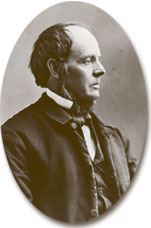
Benjamin Titus Roberts (1823–1893) was an American Methodist bishop. He first trained as an attorney, then entered the ministry in the Genesee Conference of the Methodist Episcopal Church of New York State. His ministerial studies were done at Wesleyan University in Connecticut. He married Ellen Lois Stowe, had seven children, and pastored several churches in New York state.

The Christian Methodist Episcopal Church (C.M.E.C.) is a Methodist denomination that is based in the United States. It adheres to Wesleyan-Arminian theology. Though historically a part of the black church, the Christian Methodist Episcopal church membership has evolved to include all racial backgrounds.

Charles (Alexander) Force Deems was an American Methodist minister. He was the pastor of the non-denominational Church of the Strangers in New York City from 1868 to 1893.

Holland Nimmons McTyeire was an American bishop of the Methodist Episcopal Church, South, elected in 1866. He was a co-founder of Vanderbilt University in Nashville, Tennessee. He was a supporter of slavery in the United States.
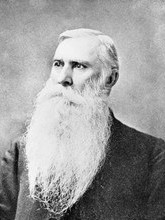
Young John Allen or Young J. Allen, was an American Methodist missionary in late Qing dynasty China with the American Southern Methodist Episcopal Mission. He is best known in China by his local name Lin Lezhi (林乐知).

Wilhelm (William) Nast was a German-born religious leader and editor. He founded the German Methodist Church of the United States. In addition, he was the grandfather of Condé Montrose Nast.
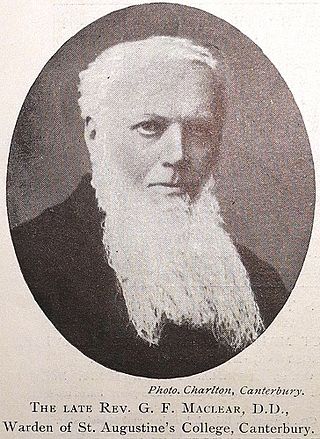
George Frederick Maclear was an English clergyman, theological writer and headmaster at King's College School, London. He was the eldest son of the Rev. George Maclear, MA, chaplain of Bedford county prison (1832–69), by his wife Isabella Ingle. Educated at Bedford School, he obtained a scholarship at Trinity College, Cambridge in 1852, receiving a BA degree in 1855, followed by a distinguished academic career. He was the nephew of Thomas Maclear, Her Majesty's Astronomer at Cape Town, and cousin to John Maclear, admiral in the Royal Navy, and Basil Maclear.
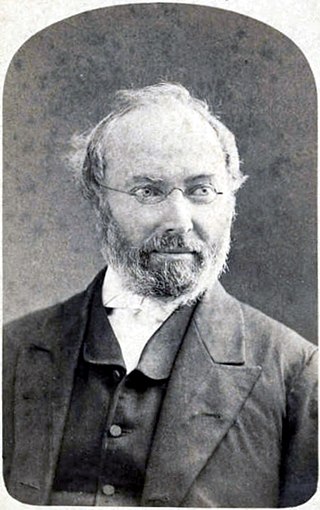
Thomas OsmondSummers was an English-born American Methodist theologian, clergyman, hymnist, editor, liturgist and university professor. He is considered one of the most prominent Methodist theologians of the nineteenth century.

Albert Carman was a Canadian Methodist minister and teacher who became head of the Methodist Church in Canada.
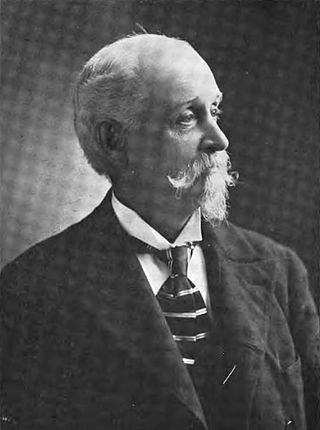
David Hilton Wheeler was a 19th-century American academic, newspaperman and college president, and also served as the US ambassador to Italy under the Lincoln administration. Active in politics, he was a fierce advocate of public education, which was then a core part of the Republican party platform. In the 1850s, he taught at Cornell College in Iowa and Shimer College in Illinois. He later taught at Northwestern University, where he served as interim president from 1867 to 1869. He subsequently became president of Allegheny College, serving from 1883 to 1888 and again from 1890 to 1893. In addition to his educational and political work, he was known for his writings on Italian history, including Brigandage in South Italy .
Robert A. Young (1824–1902) was an American minister of the Methodist Episcopal Church, South. A descendant of slaveholding planters, he served as a minister in many churches in Tennessee, Alabama and Missouri in the Antebellum South. He served as the President of Florence Wesleyan University (later known as the University of North Alabama in Florence, Alabama from 1861 to 1864. He supported the Confederate States of America during the American Civil War, and he did not believe in the "social equality of the Negro" after the war. He was a founding trustee of Vanderbilt University in Nashville, Tennessee.
Bishop William May Wightman (1808–1882) was an American educator and clergyman. He served as the President of Wofford College from 1854 to 1859. He served as the Chancellor of Southern University in Greensboro, Alabama from 1860 to 1866. He became a Bishop of the Methodist Episcopal Church, South in 1866.
The following is a timeline of the history of the city of Waco, Texas, US.
Chappell Hill Female College was a private college in Chappell Hill, a rural community in Washington County, Texas, United States. It was founded in 1850 as part of the coeducational school Chappell Hill Male and Female Institute. First chartered by the Texas Legislature in 1852 as a non-denominational preparatory school, the charter was amended to affiliate the school with the Methodist Church in 1854, and was rechartered as a women's college after the male department was spun off as Soule University in 1856. It was closed in 1912 and the building became a public school until a replacement was built in 1927 that preserves the college's bell. The site was added to the National Register of Historic Places in 1985.
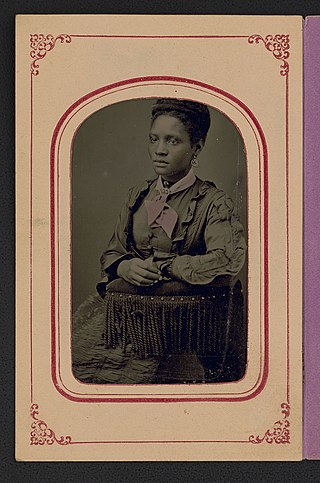
Laura A. Moore Westbrook (1859-1894) was an American educator, lecturer, and activist.